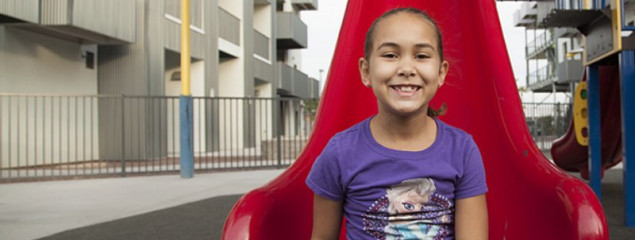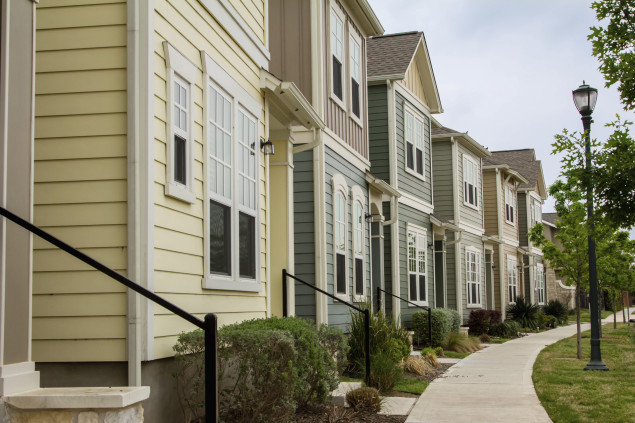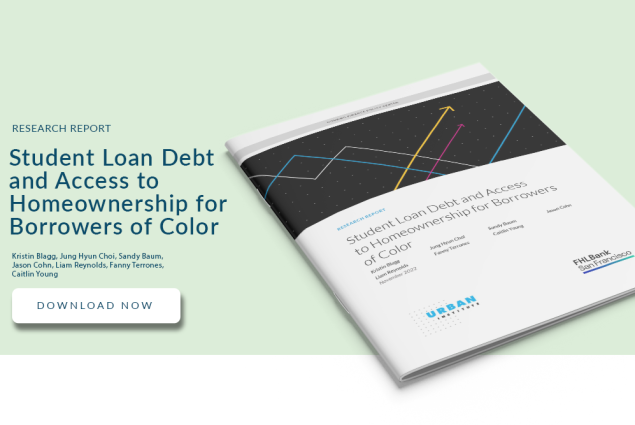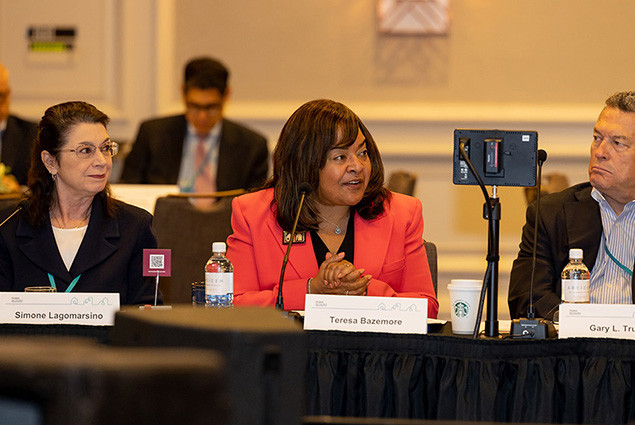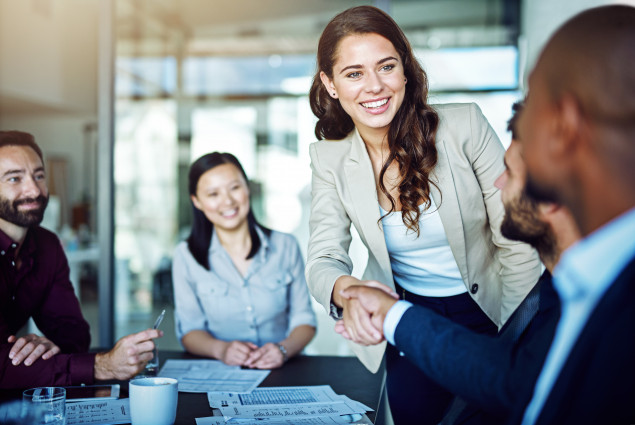2022 Affordable Housing Advisory Council Annual Report
REPORT FROM THE CHAIR
Officially, the unprecedented COVID-19 pandemic that cast a dark shadow over the whole world in March of 2020 is largely over. But in our world, the world where too many of our neighbors are struggling day in and day out to find a safe and stable place to call home, some kind of shelter for the night, a quality job, or the means to buy a home, the long shadow of the pandemic is still with us.
As affordable housing and community development professionals who come to work each day dedicated to enriching the lives of underserved people and boosting the economic vitality of the places where they live, we witness daily how the aftermath of the pandemic continues to beleaguer lower-income residents throughout the Federal Home Loan Bank of San Francisco’s three-state district of Arizona, California, and Nevada.
Too many households have not been able to rebound to their pre-pandemic income levels, and this is especially true for workers in the service industry. Rent relief funding has largely been exhausted and expiring emergency tenant protections are putting those households at continued, if not greater, risk of housing instability. Rental costs keep rising, and the rate of eviction filings has returned to or exceeded pre-pandemic levels in many cities.
Affordable housing developers and operators are likewise struggling with post-pandemic financial challenges. Many multifamily developments that earlier had access to federal, state, and local rent relief funds are finding it difficult to maintain break-even operations now that those supports have been withdrawn. This leaves owners to cope with growing balances of uncollected rents and insufficient revenue to maintain healthy operations. An already difficult situation is further aggravated by unprecedented spikes in other operating costs, such as insurance and utilities. Depleted reserves are causing many operators to contend with unplanned out-of-pocket expenses just to maintain operations, which is particularly burdensome for mission-driven nonprofit owners lacking income from alternative business lines to offset these losses.
In the current economic environment, developers with projects in predevelopment or under construction are experiencing a multitude of pressures that are making production challenging. These pressures include perpetually rising construction costs for both labor and materials, spiking interest rates on construction and permanent loans, and a severe oversubscription to local funds that result in project delays.
On the homeownership front, increasingly rent-burdened households are unable to save for a downpayment and the sharp increases in home prices during the pandemic, now coupled with higher mortgage interest rates, has made purchasing a home an even steeper hill to climb for low- to moderate-income first-time buyers across the Bank’s region. In a hot housing market, large institutional investors have exacerbated the pre-existing home inventory shortage by buying up many of the most affordable properties and renting them out, making it even harder for individuals and families, especially first-time homebuyers, to reach their dream of ownership and benefit from the wealth-building benefits that homeownership brings to them and their communities.
The Federal Home Loan Bank of San Francisco’s Affordable Housing Program (AHP) and the other community and economic development tools and resources that the Bank provides are designed to help finance affordable housing, propel homeownership, drive economic growth, and revitalize communities in Arizona, California, Nevada, and other states where the Bank’s member financial institutions do business.
The Bank’s Affordable Housing Advisory Council (Advisory Council) is pleased to present this 2022 Annual Report, which describes how the Bank’s Community Programs and proactive initiatives for advancing racial equity are expanding access to affordable and equitable housing and economic opportunities for the people in our communities.

